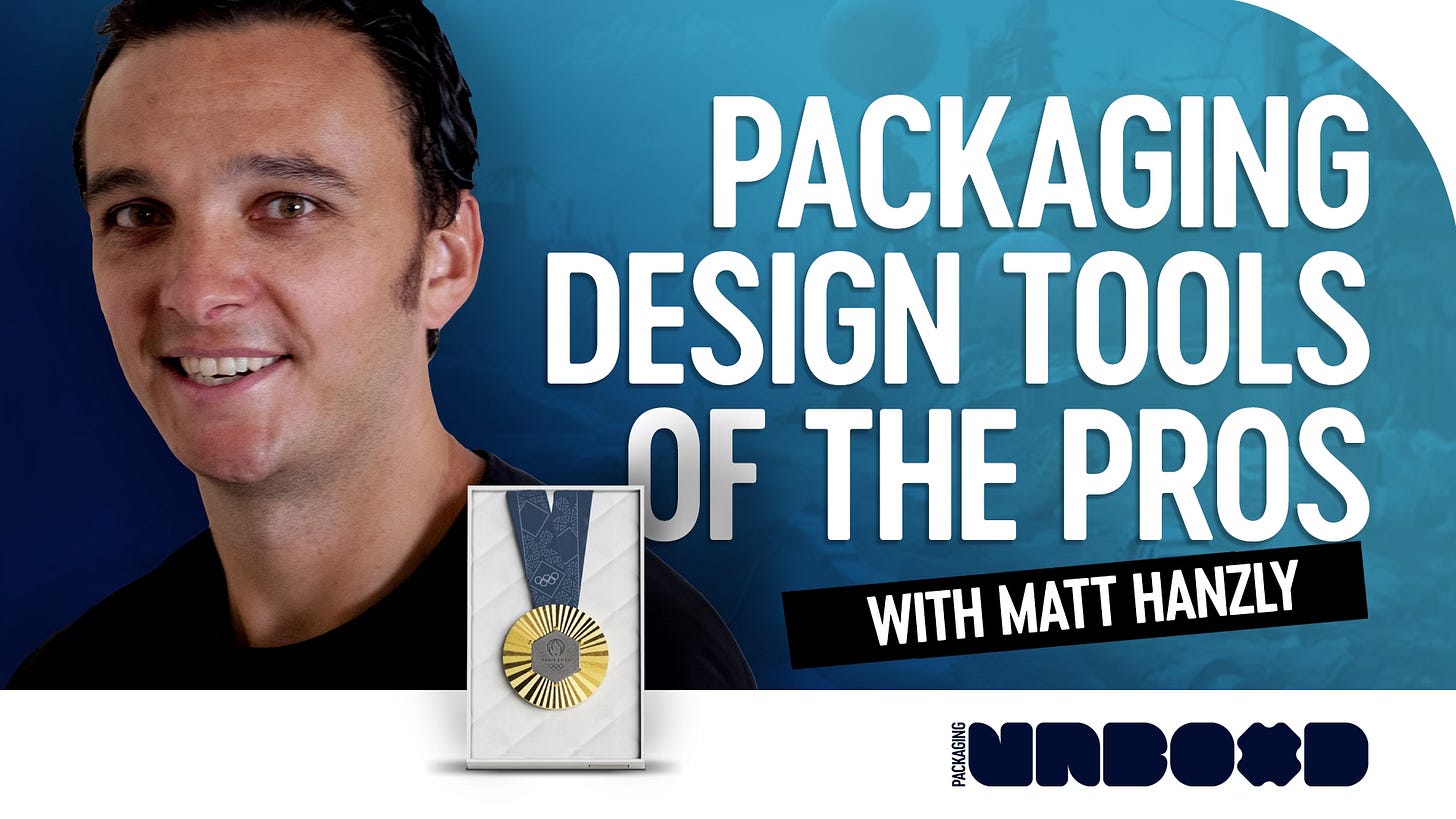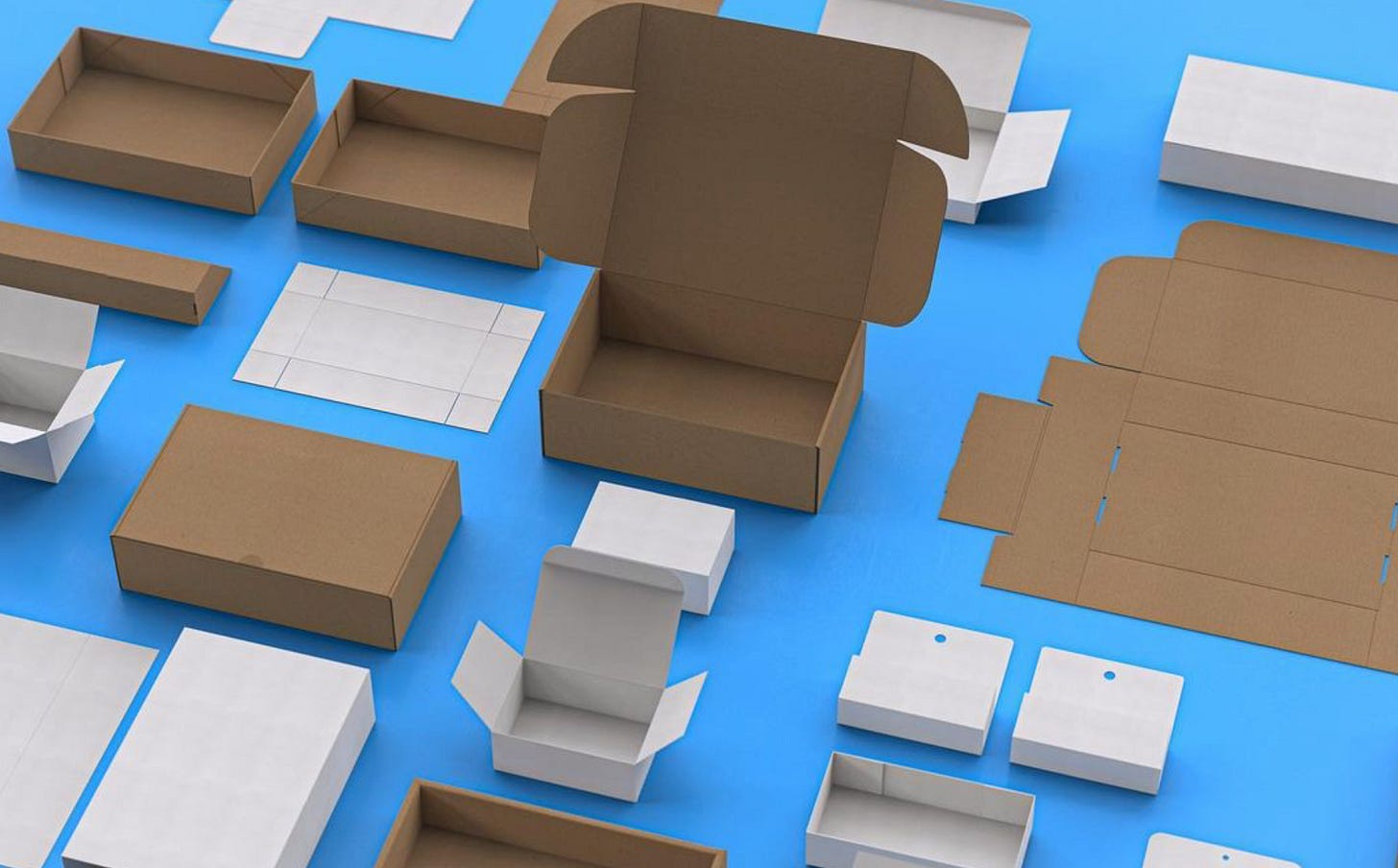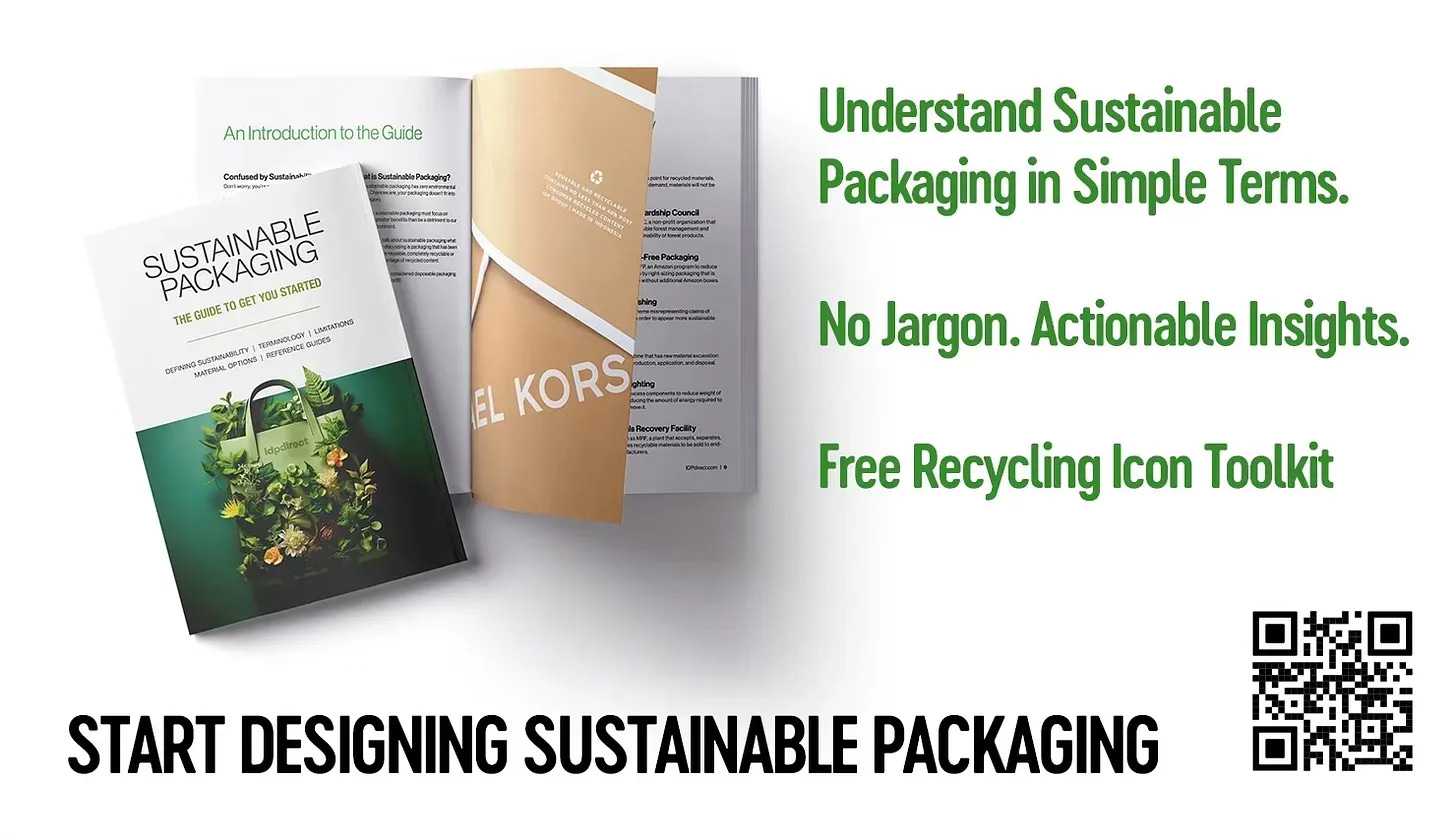Key Takeaways:
Understanding the multifaceted roles in packaging design, from concept to execution, is crucial for career growth.
Trends in sustainability and e-commerce are significantly shaping the future of packaging design.
Emphasizing the importance of a logical unboxing process enhances both customer satisfaction and brand loyalty
.
The Evolving Landscape of Packaging Design
The Multifaceted Role of a Packaging Designer
Packaging design is often misunderstood as a niche within the broader design industry, but it encompasses a wide array of skills and processes. As discussed by Evelio Mattos and Matt Hanzly, the role of a packaging designer is complex, merging creative concepts with engineering and manufacturing principles.
"All I do are concept sketches. I don't do any 3D, I don't do any layouts anymore. I just focus on concept development and then working with a team like yourself and designers to bring it all together…" - Evelio Mattos
This highlights the division of labor that often occurs within larger projects, where specific roles are tailored to particular strengths. Matt Hanzly, who transitioned from an engineering background to a more creative focus, embodies this diverse skill set. His journey underscores the value of cross-disciplinary knowledge in delivering comprehensive packaging solutions.
"I went to school for package engineering, but I've kind of gone away from that industry because I just didn't enjoy the engineering part as much. I just like the design being creative part." - Matt Hanzly
By leveraging both design and engineering expertise, professionals like Hanzly provide a bridge between the aesthetic and functional aspects of packaging, ensuring that the end product is both visually appealing and structurally sound.
Sustainability and the Future of Packaging
One of the most pressing trends in packaging design today is sustainability. As industries worldwide pivot towards more eco-friendly practices, packaging designers are at the forefront of this transformation. Hanzly emphasizes the importance of integrating sustainable materials without compromising the integrity of the product.
"I think the biggest trend is going to be, like, sustainability. Obviously, everybody is moving towards sustainable, and if you're not, you might just get left behind." - Matt Hanzly
Brands are increasingly focusing on reducing their environmental impact, not just for regulatory compliance but also to meet consumer demand for greener products. This involves a shift towards materials that are either recyclable or biodegradable, minimizing waste while maintaining product protection.
"I always think about that package designer who probably had awesome ideas, and it probably is like, 'Oh, here's your two-week timeline, we need everything,' or 'Here's your 50 cent budget….'" - Matt Hanzly
Here, Hanzly points out the challenges designers face when trying to innovate within tight deadlines and budgets. Despite these constraints, the push for sustainability continues to inspire innovative solutions that can satisfy both economic and environmental criteria.
The Unboxing Experience: Ethos and Execution
The physical act of opening a package is a crucial touchpoint between a brand and its consumer. As highlighted in the discussion, the unboxing experience can significantly influence customer satisfaction and brand perception.
"If the packaging experience is going to be bad, it’s just like one more extra step the product has to make to overcome a bad package." - Matt Hanzly
Creating a logical and enjoyable unboxing process involves understanding the sequence in which users interact with the product components. Hanzly underscores the importance of intuitive design, where each layer of packaging reveals the product in a way that feels seamless and deliberate.
"Figure out the logical steps. You make sure the person grabs the part that they need next in order to set the product, like build steps into the package that correspond to the steps of setting up the product." - Matt Hanzly
A well-crafted unboxing experience does more than just protect the product; it tells a story. For high-end consumer electronics or luxury goods, this narrative begins the moment the customer opens the box, reinforcing their purchase decision and enhancing overall satisfaction.
Bridging Creativity and Practicality in Packaging Design
Combining creativity with practicality is essential in the dynamic field of packaging design. From concept sketches to CAD models and physical prototypes, every stage of the design process requires a balance of artistic vision and technical know-how. The transition of Matt Hanzly from package engineering to a more creative role exemplifies this blend of skills.
"I went to RIT. Okay, awesome. I went to RISD also, like, afterwards for, like, some graphic design classes. So I got a little bit of both backgrounds." - Matt Hanzly
This dual expertise enables designers to push the boundaries of what’s possible while ensuring that the final product is manufacturable and user-friendly. Recognizing the diverse roles within packaging design, including concept development, rendering, and material selection, underscores the collaborative nature of the industry. Each contributor, whether a structural designer or a graphic artist, plays a vital role in bringing a cohesive product to market.
Moreover, staying abreast of trends in sustainability and e-commerce shapes the future of packaging. Designers must continuously innovate to meet the demands of environmentally conscious consumers and adapt to the growing prevalence of online shopping, which places a premium on the unboxing experience.
As the dialogue between Matt Hanzly and Evelio Mattos demonstrates, effective packaging design is not a solitary endeavor but a multifaceted process that requires collaboration, creativity, and a constant willingness to learn and adapt.
By understanding these nuances, emerging designers can better navigate this complex field, positioning themselves to create impactful, sustainable, and consumer-friendly packaging solutions.





